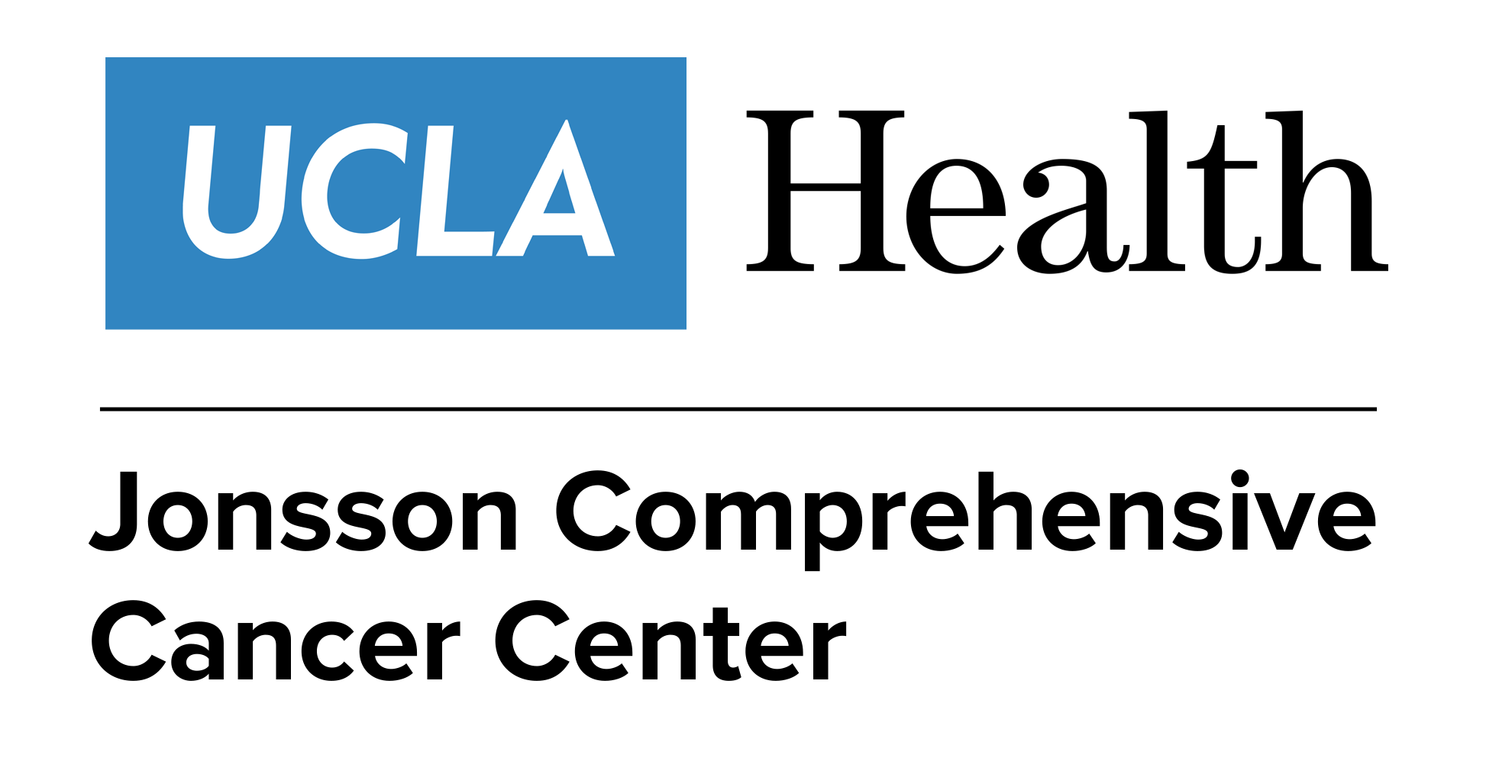
Palliative Care Suggestions for the COVID-19 Pandemic

Palliative care providers must, “lean into patient care in creative ways.”
The novel coronavirus disease 2019 (COVID-19) pandemic has forced clinicians to take a deeper look at how they approach palliative care for patients with cancer, according to recent article published in JAMA Oncology.
“With social distancing requirements, should we minimize patient contact to keep our patients and ourselves safe? As a relatively new specialty, are palliative care consults a luxury that we can hold off on to avoid overburdening the medical system? Are we essential medical personnel, or not?” the authors, Ambereen K. Mehta, MD, MPH and Thomas J. Smith, MD, wrote.
Mehta is part of the palliative care program, department of medicine at UCLA, Santa Monica, and Smith is from the Johns Hopkins Sidney Kimmel Comprehensive Cancer Center.
The benefits of palliative care have been established for years. The American Society of Clinical Oncology (ASCO) recommends that every person diagnosed with advanced cancer see a palliative care team within 8 weeks of being diagnosed. However, new questions are arising in the midst of the outbreak, mainly is it worth the risk of added patient exposure?
“As a field, we must not shrink away by decreasing services provided,” the authors wrote. “Instead, our care can still be provided in creative ways that remain consistent with the core of how we practice outside these unique circumstances.”
The authors categorized potential solutions for 3 different patient populations: outpatients, COVID-19—positive patients, and COVID-19—negative patients.
Outpatients
When it comes to opioid prescriptions for outpatients, the authors recommend telemedicine and allowing for temporary medical license across state lines to ensure that patients get the analgesics that they need. In any situation, if there is a difficulty with telehealth, clinicians should be patient and validate patients’ feelings (use “I wish” statements), and if there are technical difficulties, they should look into alternate video options or phone connections without video.
If there is patient or caregiver mistrust with physical distancing, clinicians should partner with trusted professionals, validate fears and anxieties, and keep families up to date.
For patients referred to hospice, it is essential to first check to make sure that hospice is accepting new referrals. Limited personal protective equipment (PPE) may cap the number of admissions.
A major goal in healthcare — perhaps now more than ever – is preventing hospitalizations. To help ensure this, it is important to establish goals of care early on, identify resources a patient has to stay home, identify symptoms that might be worrisome, and educate caregivers about best practices to keep everyone safe.
Inpatient, COVID-19—Positive
Many primary clinicians may be overburdened with COVID-positive patients, so it is crucial that the oncology palliative care team implement daily check-ins with the ICU and ED teams. Additionally, palliative care clinicians may be able to take over end-of-life care.
There is also a great deal of fear and anticipatory grief for patients with COVID-19 and cancer and their loved ones. Clinicians should address complications and goals of care, provide symptom management and guidance, and consult nationally developed guidelines.
To keep providers safe, it is also important that clinicians, again, confirm that hospice is taking new patients. They should also conduct phone assessments, when possible, schedule medications normally as needed, and place infusion boxes outside of the room using extended tubing.
Inpatient, COVID-19—Negative
To prevent the spread of infectious disease such as COVID-19, treatment teams should be divided, if possible. Also, if a patient feels guilt about being sick but not infected with COVID-19, clinicians should provide inpatient interdisciplinary team support/counseling and outpatient referrals, if needed.
“Even in this pandemic, palliative care is not a luxury; it is a necessity,” the authors wrote. “In these troubling times when we have to be cognizant of our patients’ and our safety, we should not hold back on providing palliative care services. In an era of ventilator shortages and tough choices, it is time for palliative care practitioners to lean into patient care in creative ways that will define and solidify our identity as a field.”
Newsletter
Knowledge is power. Don’t miss the most recent breakthroughs in cancer care.































































































